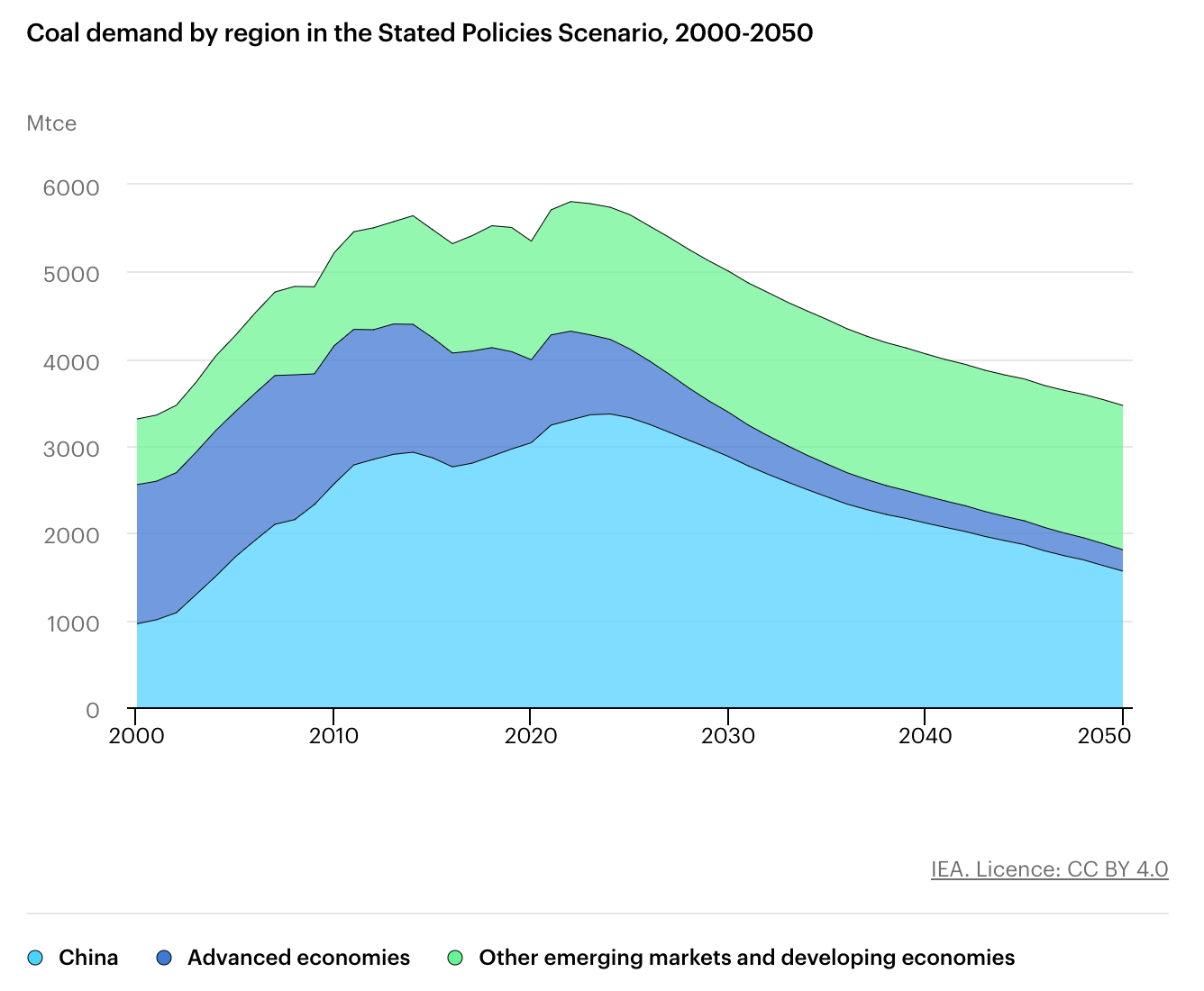The world is changing as governments embrace renewable energy sources to power their nations. Here are three regions Australia should pay attention to when pursuing a path to net zero.
As renewable energy generation and electrification goals slowly become more pronounced, certain parts of the world are worth watching.
These three regions are already making or projected to make progress in the uptake and integration of renewables.
China
Long considered a productivity and manufacturing powerhouse – one with a heavy carbon dioxide emissions footprint – China’s energy future looks decidedly different to its past.
A slowing economy and civil infrastructure industry could see demand for fossil fuels drop in the coming decades, according to the IEA, with emissions likely following that trend.
“The country already has a world-class high-speed rail network; and residential floorspace per capita is now equal to that of Japan, even though GDP per capita is much lower,” reads the IEA’s newest World Energy Outlook. “This saturation points to lower future demand in many energy-intensive sectors like cement and steel.”
The below graph displays a roughly commensurate drop-off in demand for coal in China and other markets, both advanced and emerging, according to an IEA projection based on the stated policies of different nations.
Demand for coal is expected to peak in this decade before trailing off to under 2000 million t of coal equivalent by 2050.

The decrease in demand for fossil fuels could mean clean energy sources receive a boost as China turns elsewhere for power.
The country, although up to this point somewhat reliant on fossil fuels, is also working from a strong sustainability base when considering the country’s longstanding embrace of electric vehicles; nearly 60 per cent of all new EV registrations globally in 2022 were in China.
Latin America and the Caribbean
South America might not immediately spring to mind when considering the heavyweights of widespread renewable energy integration, but it’s proven itself a strong contender in the global race to net zero.
Uruguay has a strong record in renewables as a source of power generation, as do a number of countries across Latin America and the Caribbean.
Whereas fossil fuels make up around 80 per cent of the world’s total energy sources, in Latin America and the Caribbean it’s just two thirds, according to the IEA.
The below graph illustrates the share of fossil fuels, coal and oil as a proportion of total energy supply compared to the global share.
Note that oil, something of an outlier against the wider picture, is the primary fuel used in transport throughout the region.
In Uruguay, electricity generation from renewable sources exceeded 90 per cent in 2022. The Guardian reports that this has at times reached 98 per cent.
The country experienced an oil crisis in 2008 which forced the government to hurriedly turn to cleaner energy sources in an attempt to solve its energy problem.
In the IEA’s Announced Pledges Scenario – which makes projections based on the assumption that all targets are achieved in full and on time – renewable energy is estimated to exceed 70 per cent of the region’s total energy mix for electricity generation by 2030.
Meanwhile, hydropower is the largest contributor to electricity generation in Brazil and Colombia, while wind and solar is particularly pronounced in Chile.
Natural gas remains the largest source of electricity generation in Argentina and Mexico.
Sub-Saharan Africa
IEA scenarios also put sub-Saharan Africa pushing ahead in renewables across the rest of the decade.
“Sub-Saharan Africa is expected to record the third‑largest growth in hydropower capacity over the next decade, owing to large untapped potential and the need to increase electricity access at a low cost,” an IEA report reads.
In 2020, the share of hydro in the total renewable capacity was 75 per cent, while the share of hydro in total generation was 29 per cent.
According to a forecast made drawing on data up until 2020, the generation of hydropower – plus pumped storage on top of that – in sub-Saharan Africa is projected to reach 201.4 TWh by 2030.
Projections also put the region as making further progress in electrification and access to modern cooking fuels.
It may not be a world leader, but the region shows that efforts are needed across the board – not only in western and northern Europe, for example – to properly integrate renewables in systems.
Other examples
According to Nee Nee Ong FIEAust CPEng EngExec, Senior Electrical Engineer at GHD, increased interest in renewables is a positive step towards achieving net zero by 2050.
“China has definitely demonstrated accelerated progress in implementing renewable energy,” she told create. “Uruguay, Latin America and sub-Saharan Africa are also seemingly embracing renewable energy.
“But while these countries have made more recent increases in their renewable energy implementation, there have been countries, especially in Europe, that have started the journey into renewables earlier, such as Finland and Norway.
“There are countries which are more physically predisposed to renewables – such as Australia with its coastal windy areas for wind energy generation, and sun-filled locations for solar energy generation. These countries just need capital, government legislation and industry support to implement more renewables.”